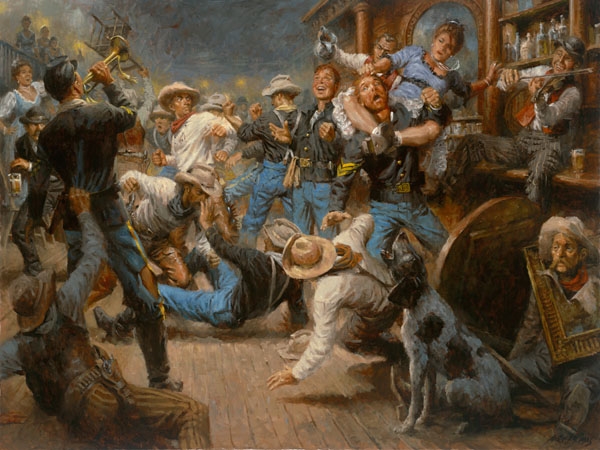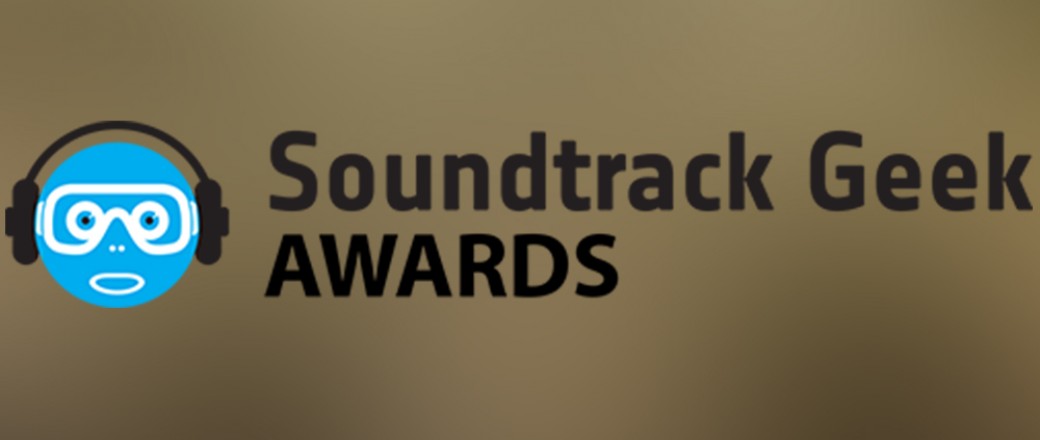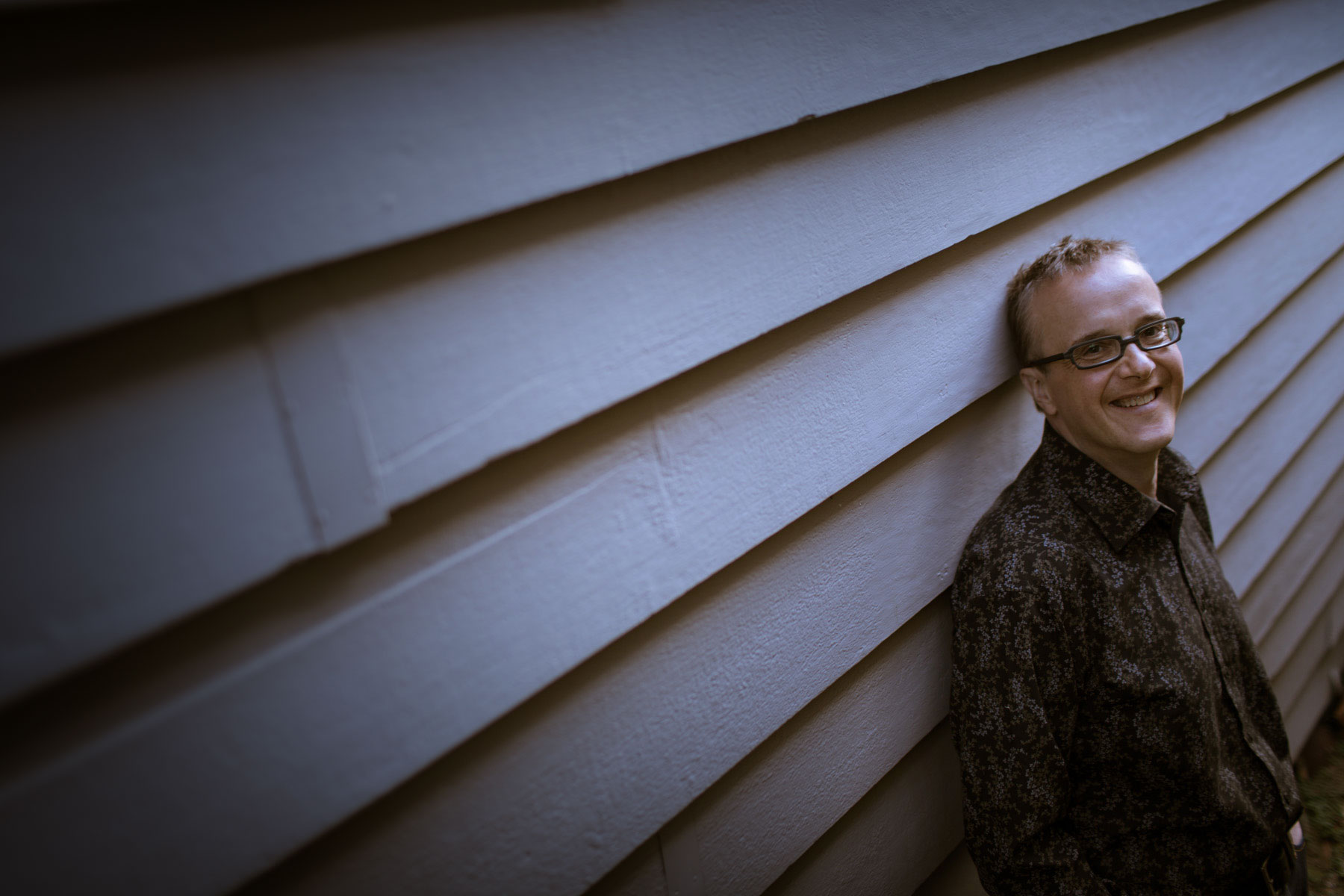Streamers and Punches
17 January 2016 by Marc Taddei
What orchestral music reaches the widest possible audience today? Orchestral standards have never been higher and almost every western city has an orchestra that can be heard live in concert. Likewise, recordings have never been more widely available (although also easily pirated - this will be the topic of a new blog in the future – suffice it to say that Taylor Swift is one of my heroes!). However, both live music and recorded music are generally “preaching to the converted”. There is one genre of orchestral music that reaches out to an extraordinarily large public and that is the orchestral music written for movies. From tentative steps by Saint Saens in the 1908 film L’Assassinat du doc de Guise, to John William’s latest masterpiece for The Star Wars saga, these are works that increase the public’s appreciation for the vernacular of classical music.
Speaking personally, I am delighted that the latest soundtrack that I conducted, Douglas Pipes’ score to “Krampus” has been nominated for Best Horror Score at the Soundtrack Geek Awards! Douglas’s score is wonderful in the way that he creates tension, while referencing Christmas tunes (did I mention that it is a Christmas horror movie?!)… Have a look at the coloured vinyl on my discography page – it is a work of art in itself!

In the beginning, musical accompaniment was provided by a pianist, organist or a small group of musicians, who would pick salon type works or improvise music to support the emotions on the screen. These scores became more and more sophisticated as time went on and demanded a thorough knowledge of the film, so that the performers could keep up. I have detailed my experience with this style of movie accompaniment in my blog post “Silent movie accompaniment” .
Here is a recording of Saint Saens’ delightful composition…
As technology arrived at the point that music could be recorded onto the film, a more specific approach to synchronising music to the action. I can tell you that synchronising music to silent movies can be challenging, due to the archaic approach to editing that filmmakers adopted!
Eventually, a new method for synchronising the image and music was devised. The editor of the music would find the scene that needed to be aligned and would punch a hole in the frame at the exact point. This would appear as a momentary bright white circle. The editor would then precede this by scratching the emulsion (diagonally) to a specific length, which would correlate to a specific time value – one yard = 2 seconds, four feet = 2.67 seconds or 5 feet = 3.33 seconds. The effect was that of vertically moving line across the frame, culminating in a circular flash…

This system is far superior to relying on the movie for cues, because the visual cues of streamers and punches are so easy to extrapolate. The system is a little more complex than this, as the streamers can be made in different colours (generally white, yellow, green and red), signifying certain actions on the part of the performers.
Today, these visual indications are produced with computers, but the effect is the same and allows the conductor the freedom to interpret the music in a more natural manner, while still making the visual cues as demanded by the composer and director. While every sound track that I have conducted for has used click tracks, I will be conducting a live cinema performance of Stephen Spielberg and John William’s “Raider of the lost Ark”, which uses this approach. It is a tour de force for the orchestra, as it demands almost relentless playing for close to two hours, with little in the way of breaks. Watching these live orchestral performances to popular movies with great soundtracks certainly bolsters Richard Taruskin’s claim that the soundtrack and movies have largely supplanted opera in the public’s affection.
Preparing for this wonderful movie has been a lot of fun and it is instructive to watch the film on quicktime 7 pro, which allows the viewer to mute the video, timecode, dialogue, sound effects, source music, score, and click tracks in any combination. Listening to John William’s recording with the click is instructive, as he is clearly relying far more on the streamers and punches to synchronise. As a result, his music breaths in a natural and exciting manner.
I leave you with John William’s latest work. May the force be with you…
